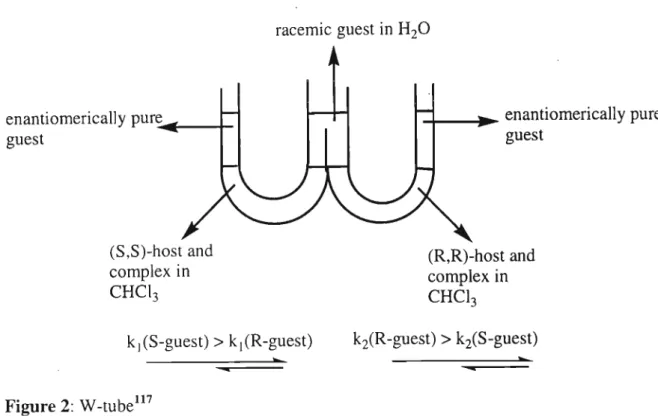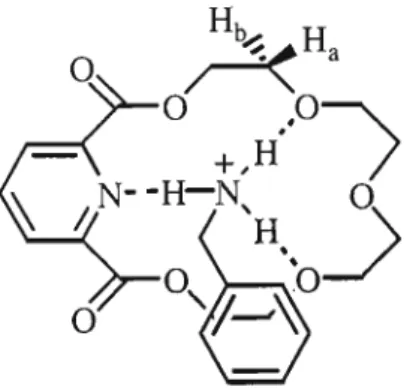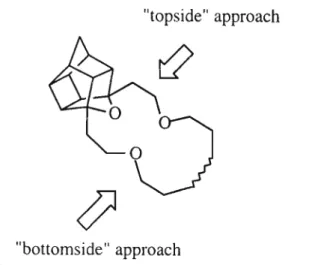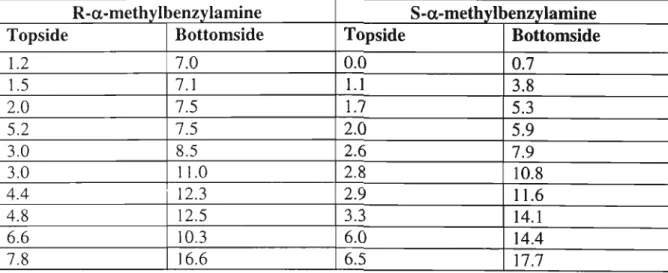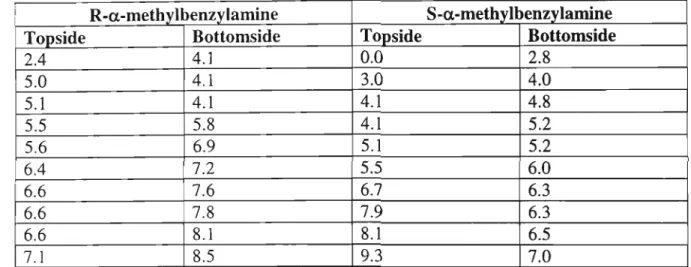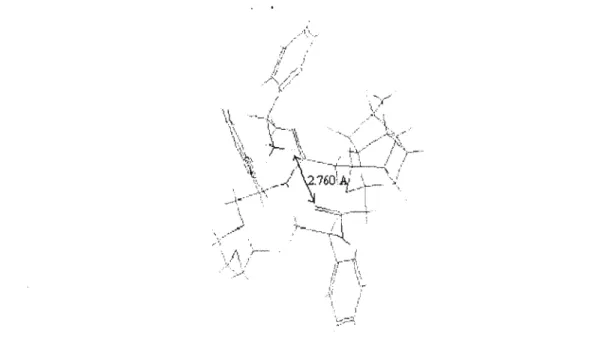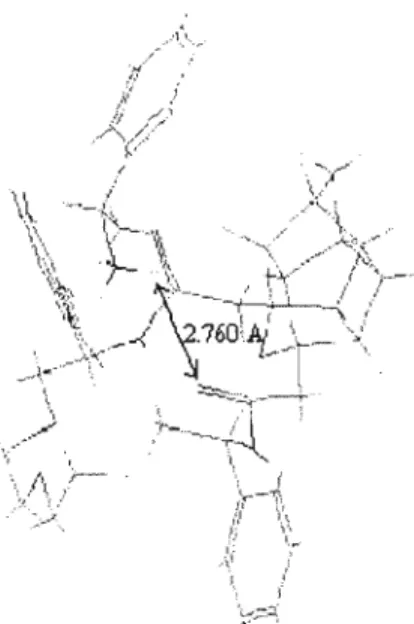Amino acids are important building blocks for the synthesis of a large number of biologically active compounds and drugs. In light of this, it was decided to investigate the incorporation of caged amino acids into peptides. A synthetic route was established for the efficient synthesis of amino acids 1 and 2 and for their incorporation into peptides.
A synthetic procedure has been developed for the synthesis of cage-cancelled chiral crown ethers derived from amino acids. The synthesis of a new family of chiral PCU crown ethers, containing amino acids as the source of chirality, will be discussed in Chapter 3. The synthesis of two cage-canceled α-amino acids containing the pentacycloundecane (6) and trishomocubane (7 ) contain. ) frameworks are discussed in Chapter 2.
In light of the large steric bulk of the cage amino acids, it would be a great step forward to develop a procedure to incorporate amino acids 6 and 7 into peptides. Amino acids are important building blocks for the synthesis of a large number of biologically active compounds and pharmaceutical drugs.
COOH
The alcohol 35 was then refluxed under strongly acidic conditions, resulting in a rearrangement of the cage skeleton to form the acetate 36.77. Hydrolysis of the acetate 36 to the trishomocubanol (37Y), followed by Jones oxidation gave the trishomocubanone (25).77.
PEPTIDE CHEMISTRY
- H 3 B.THF/
- a-methylbenzylamine S-a-methylbenzylamine
Future studies will focus on incorporating the pev amino acid into a similar tripeptide. Incorporation of the pentacycloundecane (PCU) cage into a chiral macrocyclic ligand will fulfill four out of the five requirements (vide supra). The IH NMR (p95) showed a singlet at 1.91 ppm for four D20 exchangeable protons indicating the presence of the.
The singlet at 4.65 ppm is for the four protons of the methylene group attached to the pyridine. PCU coupling of diacyl chloride (60) and diamine 67 was carried out in neat and dry toluene, with triethylamine as base, to give the new crown 66 (24%). On the left side of the W-tube, the S-guest is transported faster than the R-guest to the left arm.
The relative concentrations of the diastereomeric complexes formed by the (R) and (S) guests [(R)G and (S)G] with the (S,S) host [(SS)H] are obtained from the chemical shifts . The only sign of hydrogen bonding is between a carbonyl oxygen atom of the crown and a quaternary ammonium hydrogen atom of the gas. Figure 5: Structural conformation of the most stable complex formed between macrocycle (R)-57 and gas (S)-a-methylbenzylamine.
In Figure 7, the hydroxyl hydrogen atom of the phenylglycinol forms a hydrogen bond with a carbonyl oxygen atom of the crown.
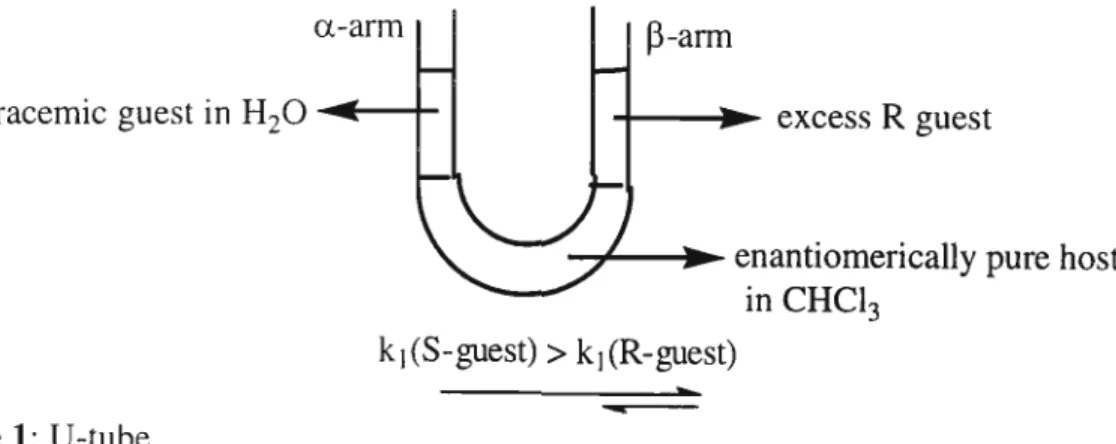
CONCLUSION
Future work will involve the synthesis of enantiomerically pure cage amino acids using enzymes (hydantoinase).
EXPERIMENTAL
The mixture was allowed to cool to 80 °C, after which KOH (10 g) was added and excess hydrazine hydrate and water were distilled off until the temperature reached 185 °C. The reaction mixture was refluxed for 3 hours at 185 °C, cooled, diluted with water (300 ml) and extracted with dichloromethane. After heating at 60 °C for 2 h, 100 °C for 2 h and 120 °C for 3 h, the reaction mixture was cooled, diluted with water (100 ml) and the solids collected by suction.
The cooled mixture was diluted with water (200 ml) and the solution acidified with concentrated HCl. The reaction mixture was concentrated, the resulting residue was diluted with water and the solid that separated was filtered and dried to yield pure alcohol 37 (20.6 g, 66%) as a white solid, m.p. The reaction was then stirred at 90°C for 6 hours, cooled, diluted with water (1.2 L) and extracted with dichloromethane.
After heating at 60°C for 2 hours, 100°C for 2 hours and 120°C for 3 hours, the reaction mixture was cooled, diluted with water (lOOml) and the solids collected under suction. The mixture was refluxed under argon for 2 h and quenched with saturated Na 2 SO 4 solution (10 mL). After the addition was complete, the external ice-water bath was removed, and the reaction mixture was allowed to gradually warm to ambient temperature while stirring under argon for 24 h.
The reaction was quenched by addition of saturated aqueous NH 4 Cl (until pH 6-7), the layers were separated and the aqueous layer was extracted with EtOAc (2 x 500 mL). The combined organic extracts were dried (MgSO 4 ) and filtered, and the filtrate was concentrated in vacuo. The organic layer was dried (MgSO 4 ) and filtered, and the filtrate was concentrated in vacuo.
The reaction was stirred at ambient temperature for 1 h, refluxed gently for 12 h, and concentrated to give the diacid 59 (2.895 g, 76%) as a white solid, m.p. The mixture was stirred at room temperature for 2 h, treated with diethylene glycol bis-toluene-p-sulfonate (2.23 g, 5.395 mmol) in dry THF (50 mL) and stirred at room temperature for 72 h. It was stirred for another 5 hours after the reaction became homogeneous and concentrated (using a vacuum pump) to yield diacyl chloride 60 as a pure oil.
After stirring overnight at room temperature, the reaction mixture was concentrated and the residue was chromatographed on silica gel to give a colorless oil 64 (2.7 g, 72%). The mixture was stirred at room temperature overnight and the precipitate was filtered and washed with diethyl ether. The mixture was stirred at room temperature for 2 hours, treated with 2,6-pyridine dimethylbromide (0.675 g, 2.5 x 10'3 moles) in dry THF (50 mL) and stirred at room temperature for 72 hours.
The reaction mixture was then stirred for a further 5 h and concentrated using a vacuum pump to give
